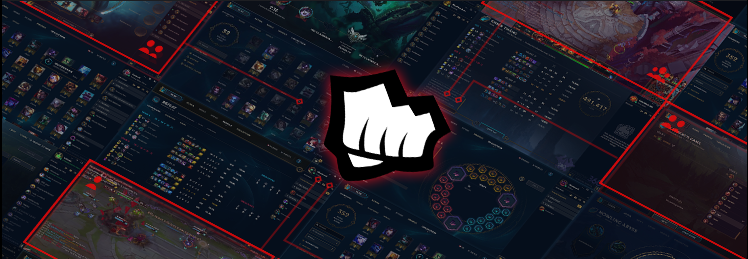
Hey there! My name is Michal 0xDEADB33F Ptaszek, and I’m a software architect at Riot. Today I would like to talk about communication. But not the kind of communication you’re probably thinking of. I want to talk about the other, more exciting kind of communication: LoL players communicating with chat servers during a tense game; authentication servers communicating with the LoL client on login; microservices that route state changes between clients in the middle of the night - you know, that kind of communication.

In this first tutorial in the Docker series, you’ll learn:
-
What we’re trying to accomplish at Riot
-
Basic setup for Docker
-
Basic Docker Pull Commands
-
How to run Docker Containers as Daemons
-
Basic Jenkins configuration options
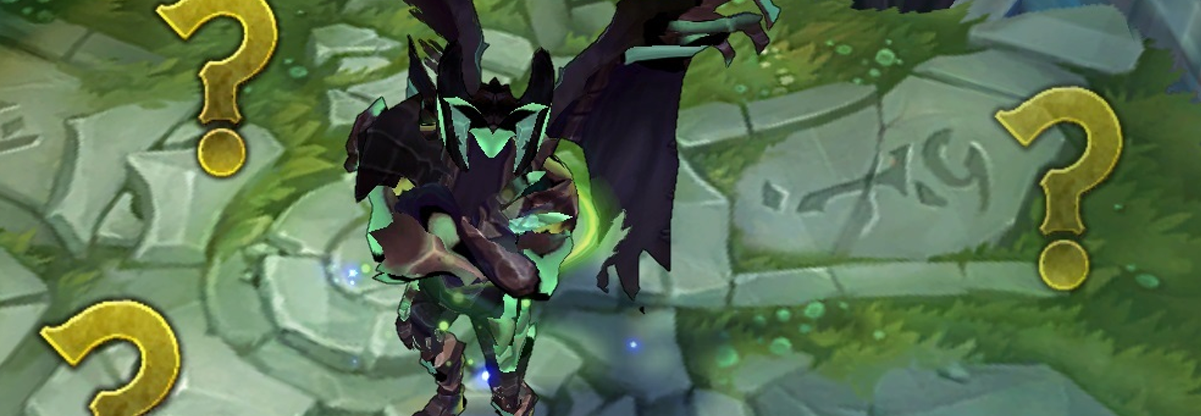
Hey there. I’m Stephen “Riot FloofyRice” Zhang and I’m a technical developer in QA on the Content Efficiency team, which focuses on building internal tools. I want to talk about our efforts to clean up one of our bigger problems at Riot: data debt.
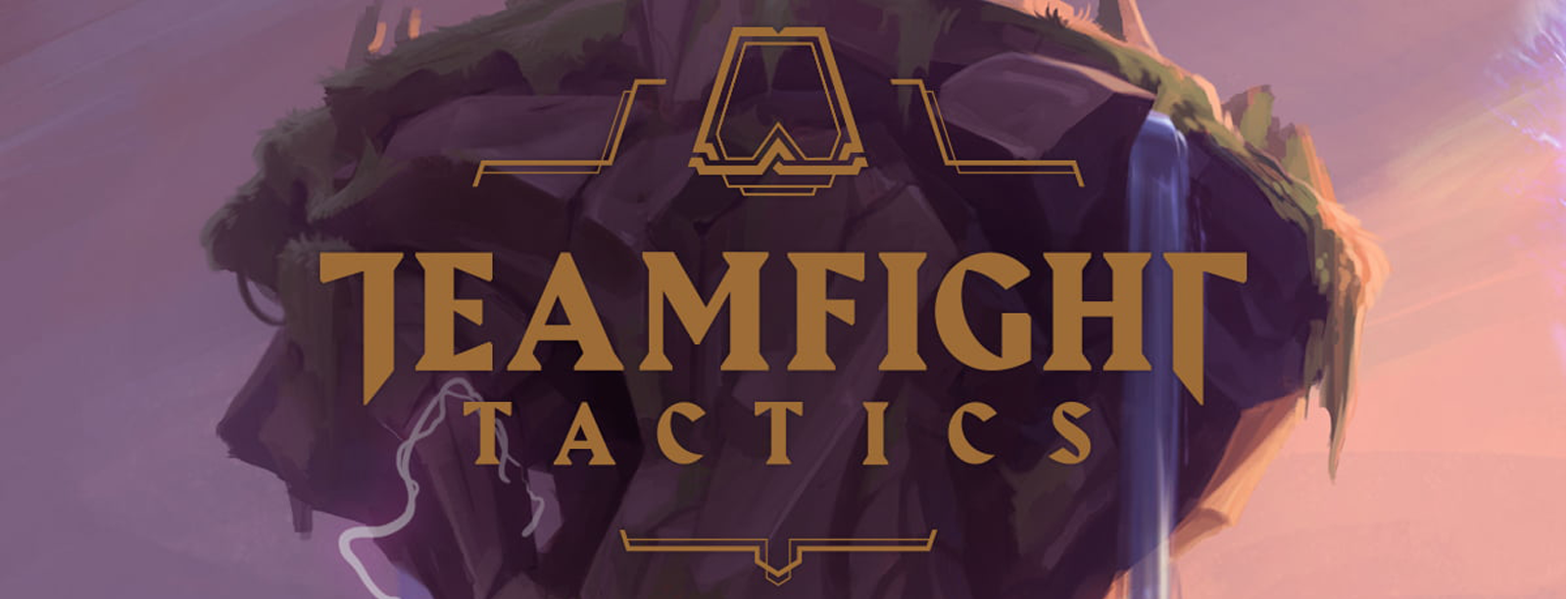
In this article, I’ll be describing how we handle patches across PC and mobile for TFT, and how this relates to quality assurance. Later, I’ll tag in my engineering counterpart, Gavin Jenkins, to give a super techy point of view on patches, and we’ll dive into two use cases that demonstrate different types of patches and how we deploy them.
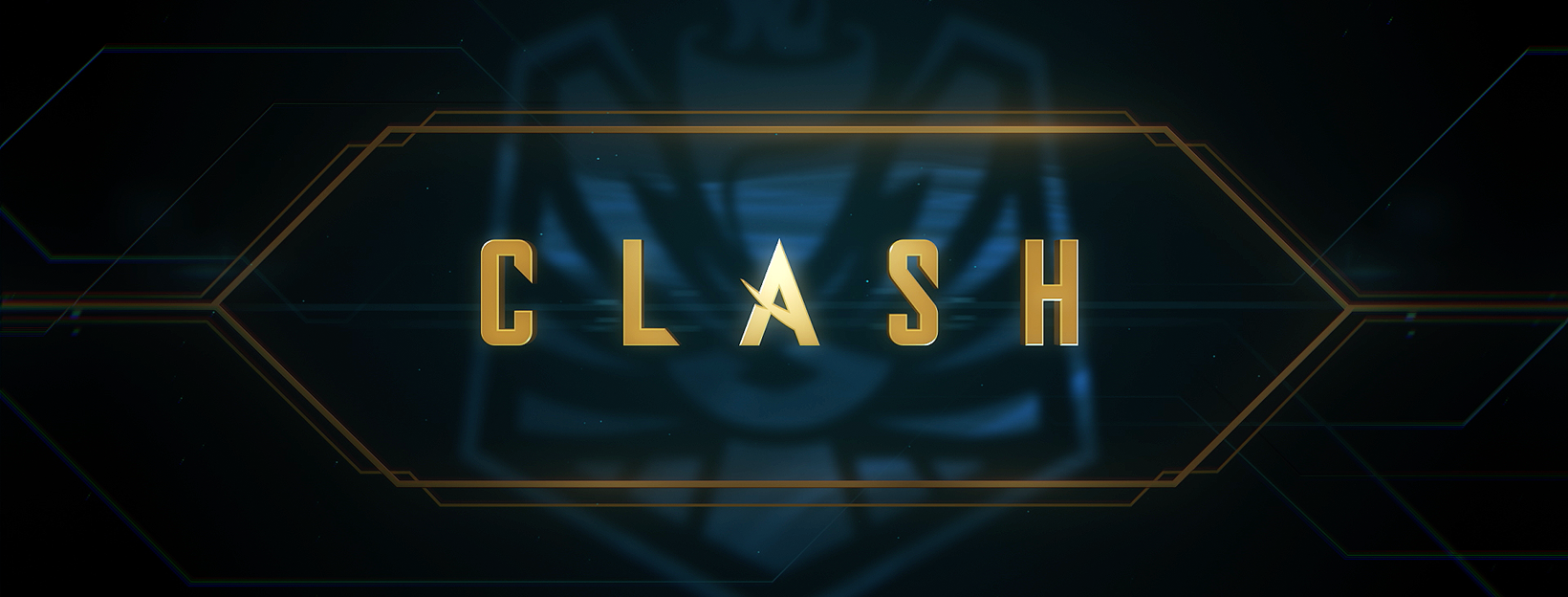
Hello! My name is Tomasz Mozolewski, and I’m a senior software engineer on our Competitive team. I’m here to talk about an event that has sparked a lot of discussion about League tech, and which happens to be one of the most requested Tech Blog topics of all time - Clash.
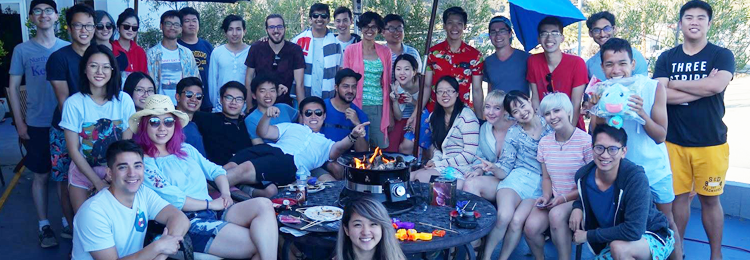
Our technical interns worked with fellow Rioter technologists on everything from game engineering to developer tooling. Before they left, we asked some of them to share projects they contributed to, and to tell their stories of interning at Riot.
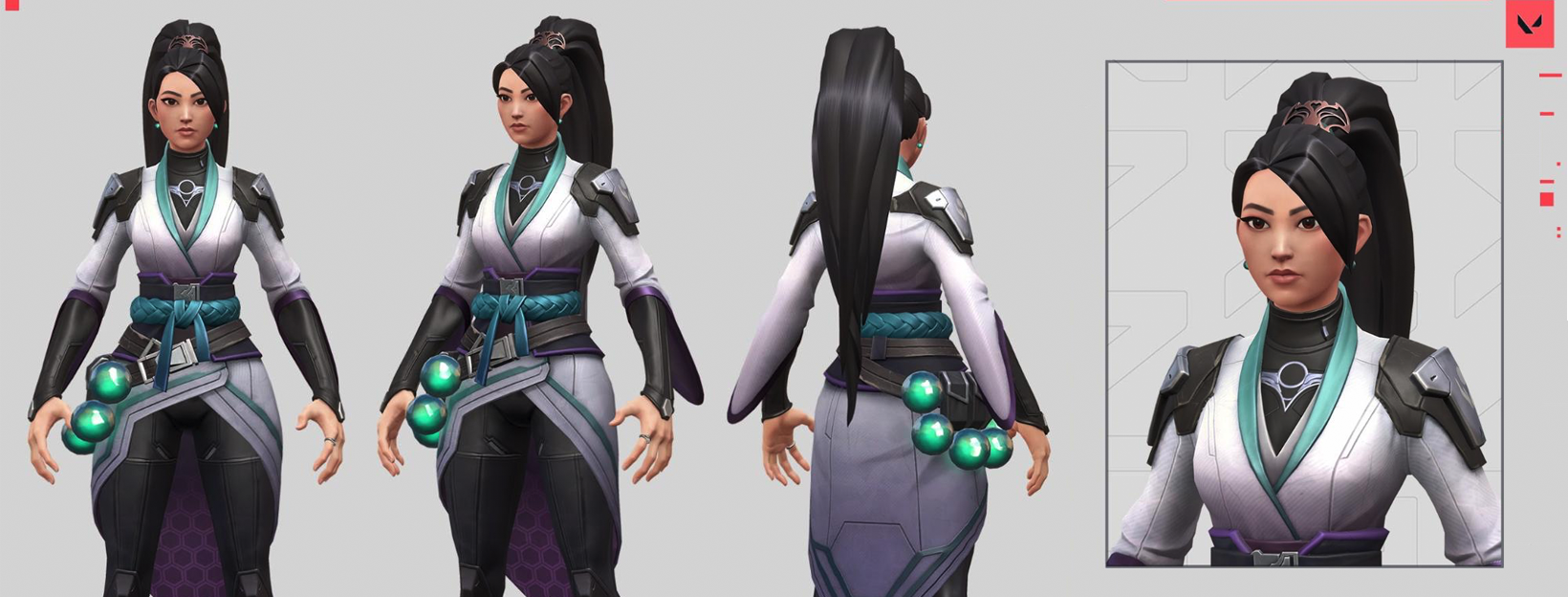
Hi, I’m Brandon “mochi” Wang, a software engineer on VALORANT’s Content Support team. I’m specifically going to focus on shaders, which are an essential part of computer graphics, my area of expertise. Shaders are the programs behind what most people consider a game’s graphics - how a program running on your GPU takes in scene/game data and creates the pixels seen on screen. I’m excited to talk about this because the intersection of engineering, art, and design is a personal passion of mine.
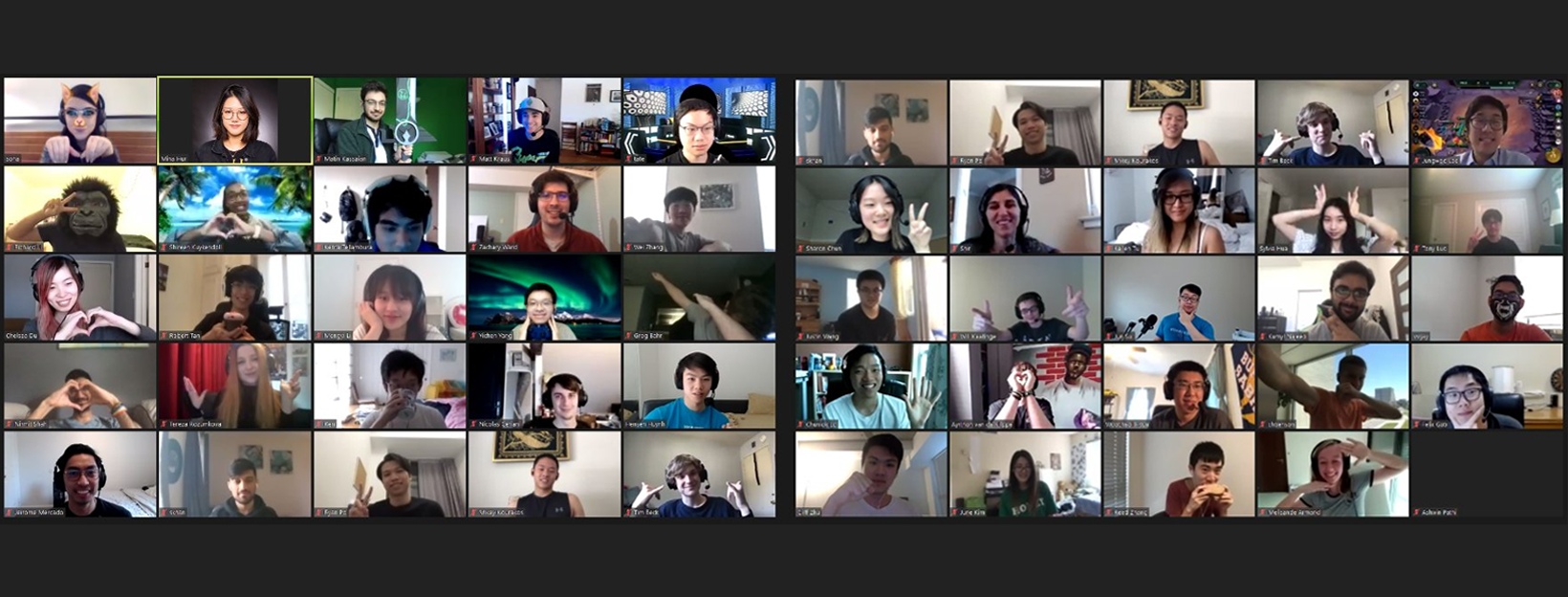
The Riot internship program exists to help players drive their professional and personal development. This is the second post in the 2020 intern series - be sure to check out the first post as well.
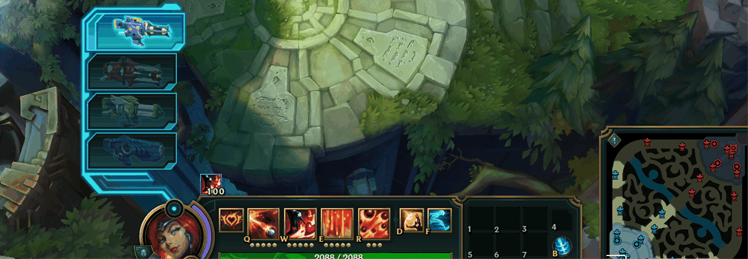
Hi, my name is Eric Friedman, and I’m a Software Engineer who has been working on League of Legends for 8 years, focusing mainly on gameplay systems. For the last several years, I’ve been working in the Player Immersion and Expression (PIE) initiative, bringing you skins like Elementalist Lux and personalization options like Emotes. If you’re interested in how Elementalist Lux was implemented, check out our previous article. I’m excited to bring you another article about an ultimate skin, Gun Goddess Miss Fortune, and the technology it took to bring her to players.
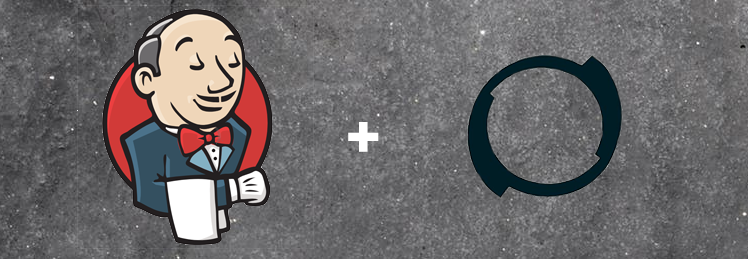
Hi, I'm Guy "RiotSomeOtherGuy" Kisel, a software engineer at Riot. You might remember me from Running an Automated Test Pipeline for the League Client Update. I work on the Riot Developer Experience team - our responsibilities include providing Jenkins servers and related infrastructure for engineers to use for building, testing, and shipping their software to the millions of players that play League of Legends.










